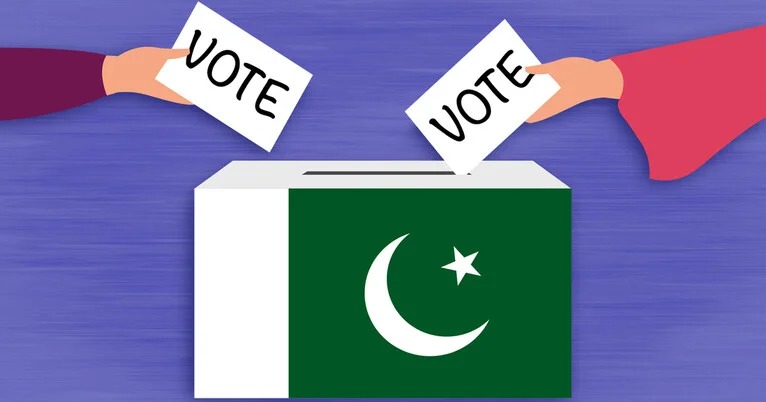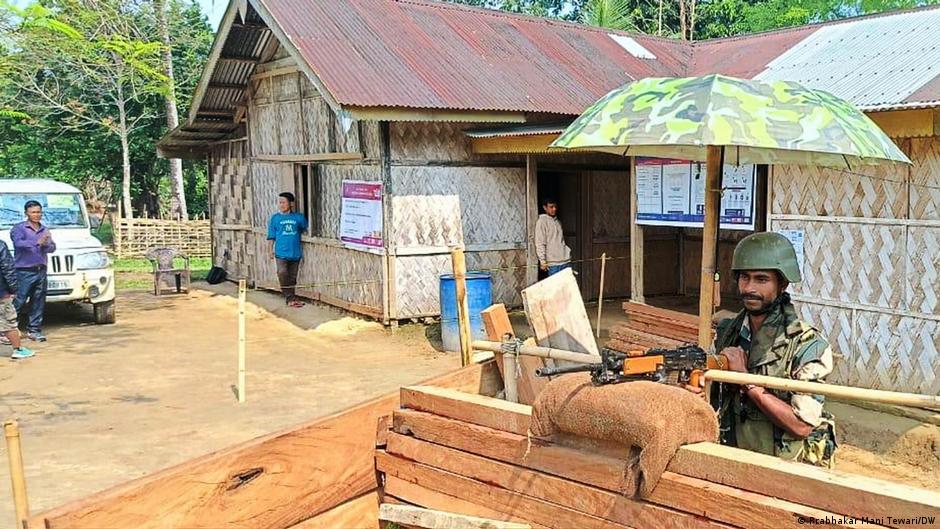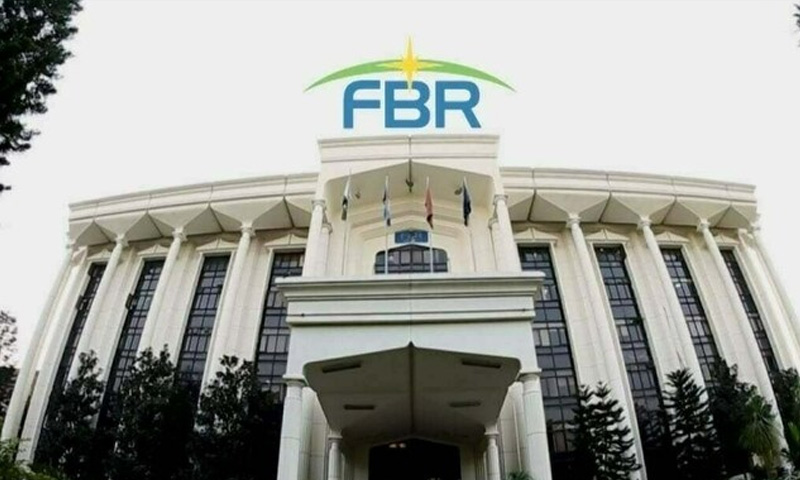- DW
- May 14, 2024
Lower gender disparity in 2024: FAFEN shares electoral rolls data
-
- Web Desk
- Feb 01, 2024

ISLAMABAD: With the fifth-highest number of registered voters globally, Pakistan has a record 128 million people, constituting over half of its total population, registered as voters on the Final Electoral Rolls (FER) for the upcoming General Elections (GE) scheduled for February 8, 2024.
This marks a substantial increase of 22.5 million voters including 12.5 million women added since 2018, said a report released by Free and Fair Election Network (FAFEN).
ECP’s crucial security meeting today, amid escalating violence
According to a FAFEN Report titled as ‘Electoral Rolls, General Election 2024’ released on Wednesday, the total number of registered voters now stands at 128,585,760 in 2024, making Pakistan fifth largest democracy in the world. The countries ahead of Pakistan are India, Indonesia, United States of America and Brazil. This is also the first time that Pakistan registered more women voters as compared to men during the time between two elections (2018-2024).

Currently, 53.2 percent of the 241.49 million population are registered voters. However, regional variations in voter-to-population ratios exist, with Punjab (57 percent) and Khyber Pakhtunkhwa (53 percent) having over half of their populations registered as voters. Sindh and Islamabad (capital territory) maintain voter-to-population ratios close to 50 percent, while Balochistan lags behind with 36 percent of its population registered as voters. It’s important to note that the voter-to-population ratio only considers voters registered in their native districts, excluding those registered on temporary addresses outside their native districts.
Google unveils strategies to support elections in Pakistan
At the district and constituency levels, the disparity in voter proportions becomes more evident. Out of the 136 districts analyzed by FAFEN, 78 have more than half of their populations registered as voters, while nine districts, including Upper Kohistan, Lower Kohistan, Kohistan Palas, Kech, Kharan, Panjgur, Sherani, Surab, and Washuk, have less than 30 percent of the population registered. A similar trend is observed at the National Assembly constituency level, with 159 out of 266 constituencies having over 50 percent of their populations registered as voters.
The registration of women has significantly increased since 2018, following special measures introduced by the Election Commission of Pakistan (ECP) under Section 47 of the Elections Act, 2017. The final electoral rolls show progress in narrowing the gender gap in voter registration.

Collaborative efforts by the ECP, National Database and Registration Authority (NADRA), and civil society have played a crucial role in raising awareness, mobilizing communities, and facilitating women’s participation in the electoral process. These initiatives have positively impacted gender parity in voter registration, reducing the overall gender gap from 12.4 million (11.8 percent) in 2018 to 9.9 million (7.7 percent) in the FER for GE-2024.
Since 2018, 2.5 million more women than men have been registered out of the 22.5 million new voters added to the FER for GE-2024. The number of districts with a gender gap exceeding 10 percent has decreased from 85 in 2018 to 29 in 2024, and the number of National Assembly constituencies with a gender gap above 10 percent has declined from 173 in 2018 to 38 in 2024. However, challenges persist, particularly in Balochistan, where the overall gender gap remains above 10 percent.
Elections 2024: 35% independents dominate in NA constituencies
Analyzing the age dynamics of the gender gap reveals its prevalence among younger age groups. Men outnumber women across all age groups except the 65+ age group. The 18-25 age group contributes the highest difference of 20 percentage points between men and women voters, accounting for 4.8 million of the overall gender gap of 9.9 million in the electoral rolls. The 26-35 age group adds 2.4 million to the overall gender gap.




